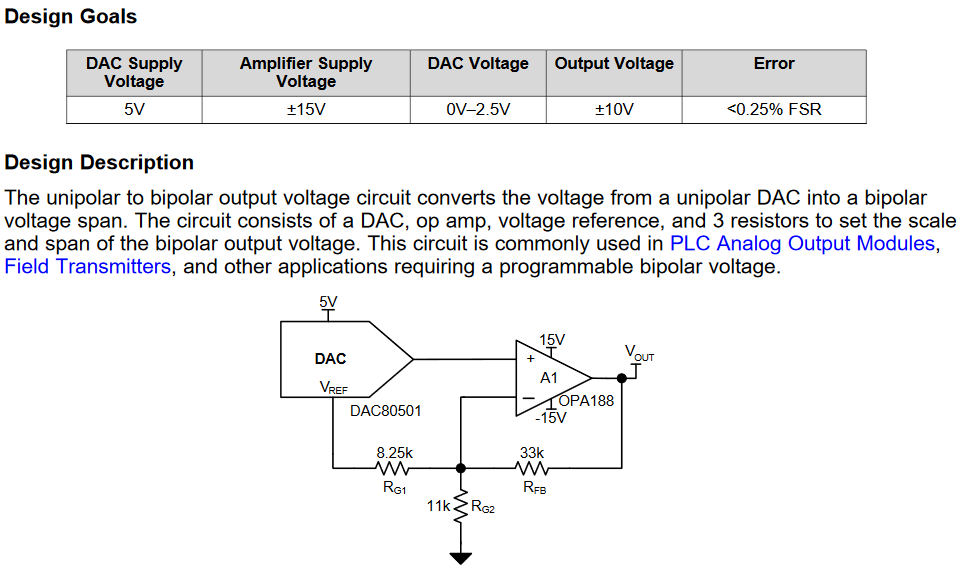Other Parts Discussed in Thread: DAC60504, OPA551, , ISO224
Hi, I'm using TI's DAC60504 to create a bipolar signal (ref. slaa869) and a Howland current pump.
This bipolar signal is fed to the Op Amp's input
Currently, both the OPA551 Op Amp (+30V, -30V supplied) and the DAC DAC60504 is tied to the same GND;
GND - The load resistor connected to the Op Amp - DAC GND
However, I need to use separate the GND and I noticed the Isolation solutions.
Since this current pump drives +30, -30V with 60mA max, can I use the Isolation solutions to use separate GNDs?
First, I thought to add a unity gain buffered GND to the load, but I thought the Isolation solution could be better.




